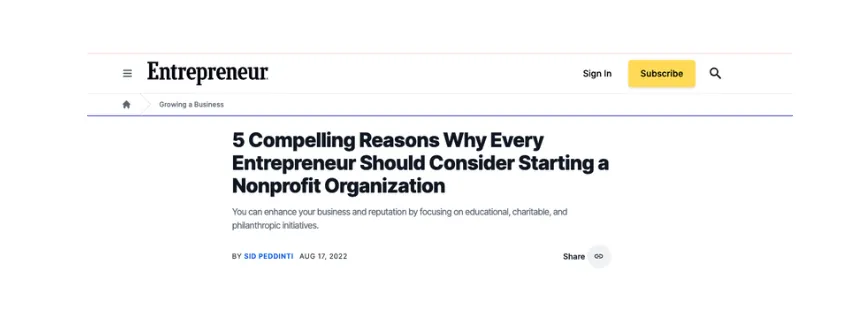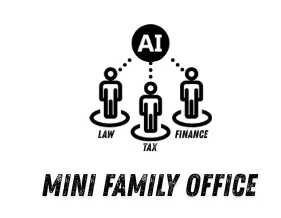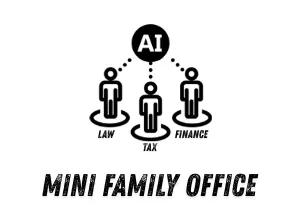
Debunk The Myth™
Discover The Truth From The Source

6. Fueling Change: Lifetime Funding and Tax-Free Investing for Nonprofits
One of the biggest challenges that nonprofits face is securing sustainable funding. While donations, grants, and fundraising events are crucial for day-to-day operations, these sources may not always provide the consistent, long-term financial stability that a nonprofit needs to thrive. This is where strategic investment planning becomes an invaluable tool. By strategically investing their assets, nonprofits and private foundations can create an endowment that funds their mission indefinitely, ensuring they can continue to serve their cause year after year, regardless of fluctuations in donation levels.
A prime example of how this can work is Harvard University's massive endowment, which exceeds $50 billion. The university's investment strategy is designed to generate a consistent income stream to support scholarships, research, faculty positions, and the overall operations of the institution—without depleting the principal. The funds are carefully managed and strategically allocated across various investments, from stocks and bonds to private equity and real estate, ensuring that the endowment continues to grow while also producing income for immediate needs. While not every nonprofit can match the scale of Harvard’s endowment, the fundamental principle is the same: by investing strategically, a nonprofit can establish a sustainable, self-sustaining funding model that powers its mission.
The Internal Revenue Code provides a framework for nonprofits and private foundations to benefit from strategic investing. For example, IRC §4940 governs the taxation of investment income for private foundations. While private foundations are generally tax-exempt, they are subject to a modest excise tax (currently set at 1.39%) on their net investment income. This tax is designed to encourage responsible investing and prevent foundations from hoarding wealth without contributing to their charitable mission. By paying this small tax, foundations are incentivized to actively invest their assets in ways that generate long-term growth while maintaining compliance with the law.
For your nonprofit, this strategy could be the key to creating a perpetual funding stream that allows you to focus on fulfilling your mission without worrying about financial shortfalls. Whether you're working on a local project or supporting a global cause, having an endowment that generates income could provide the financial security you need to plan for the future. By combining tax-free investing with strategic asset management, you can build a resilient foundation for the long-term sustainability of your organization.
Have you considered how tax-free investing could support the future of your nonprofit? If you haven’t yet explored this avenue, now might be the perfect time to start thinking about ways to ensure that your mission can continue to grow and evolve, regardless of economic shifts or changes in funding availability. Strategic investing not only helps secure financial independence but also empowers nonprofits to adapt, innovate, and expand their impact over time.

© Copyrighted Material. All Rights Reserved. Become A Philanthropist LLC.
No Legal, Tax, Financial, or Investment Advice Contained - 100% Educational And Entertainment Purposes Only. No Attorney-Client or Fiduciary Relationship Is Formed By Contacting, Communicating, or Engaging With Us In Any Matter, Unless A Signed Agree Exists With The Terms and Conditions Of The Engagement.
